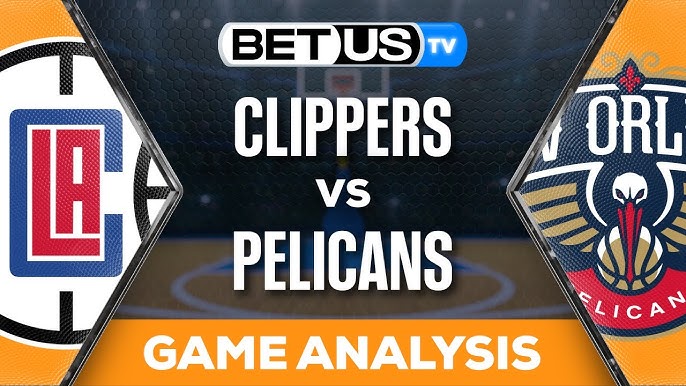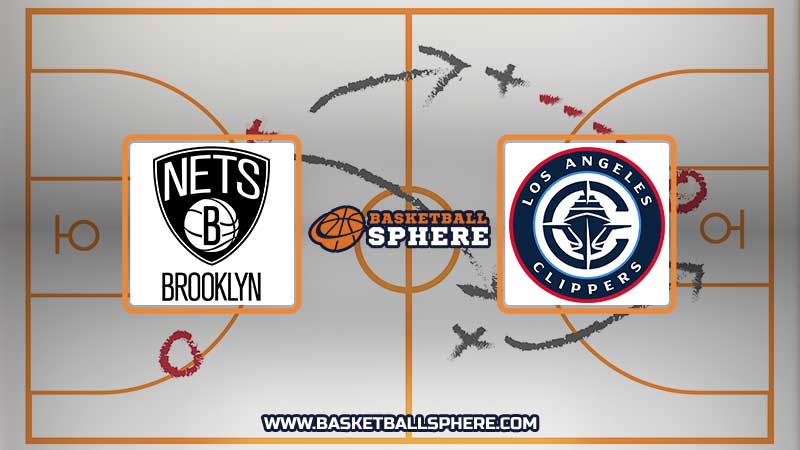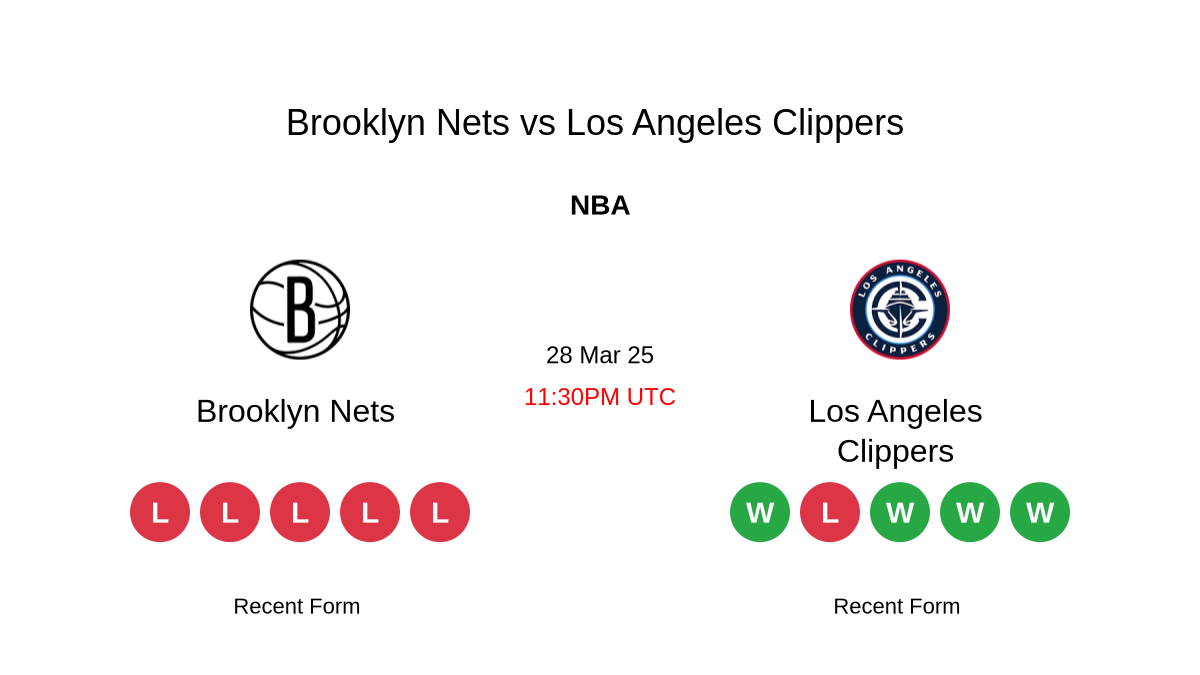Alright, let’s talk about my little clippers prediction project. Nothing fancy, just a bit of fun I had messing around with some data.

First off, what got me started? Well, I’m a bit of a basketball nut, especially when it comes to the Clippers. So, naturally, I started wondering if I could use some data to predict their game outcomes. Seemed like a fun challenge.
So, I went hunting for data. Found a bunch of sites with historical NBA game stats, player stats, all that jazz. I ended up scraping a bunch of data from different sources. It was a bit of a pain to clean it all up and get it into a usable format, let me tell you.
Next up, figuring out what to use. I knew I wanted to use some kind of machine learning model, but which one? I started simple. Looked at things like:
- Team stats (points scored, points allowed, rebounds, assists, etc.)
- Player stats (points, rebounds, assists, etc. for key players)
- Home vs. Away games
- Win/loss streaks
Then came the model selection. I started with a basic logistic regression. Easy to understand, quick to train. I split my data into training and testing sets. Trained the model, and then… well, the results weren’t amazing. Accuracy was around 60%, which is better than a coin flip, but not exactly impressive.
So, I started tweaking things. Tried adding more features, like opponent stats. Messed around with different parameters in the logistic regression. Still, only marginal improvements. It was a bit frustrating.

Next, I tried a different model – a Random Forest. I figured maybe it could capture some of the more complex relationships in the data. This actually did a bit better, pushing the accuracy up to around 65-70%. Still not perfect, but a step in the right direction.
I kept experimenting. Tried different combinations of features, different model parameters, even tried throwing in some advanced stats like plus/minus. Some things helped a little, some things didn’t do much at all.
What did I learn? Well, predicting NBA games is tough! There’s so much randomness involved, injuries, player chemistry, coaching decisions… it’s hard to capture all of that in a model.
I also learned a lot about data cleaning, feature engineering, and model selection. It was a good exercise in practical machine learning.

The final “product”? A slightly better-than-average prediction model that I wouldn’t bet my life savings on. But hey, it was a fun project, and I learned a lot along the way.
Would I do it again? Definitely! Maybe next time I’ll try incorporating some more advanced techniques, or maybe even try to build a model that predicts point spreads instead of just wins and losses.








